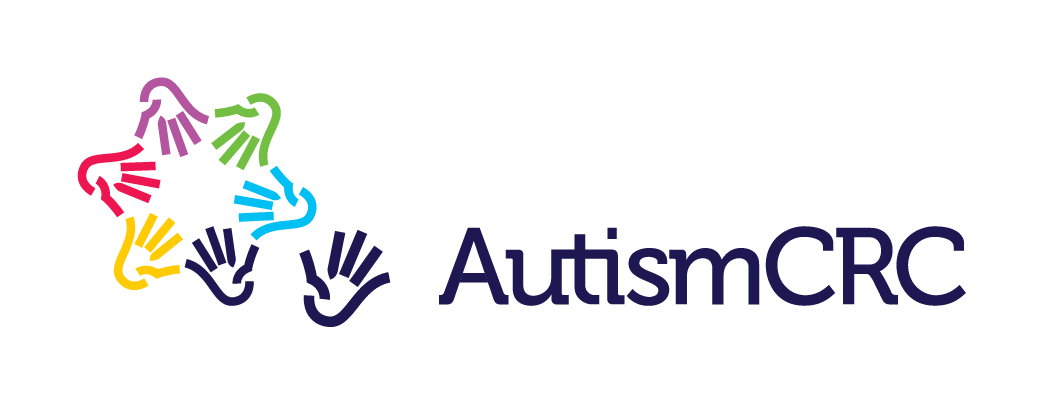Addressing the key selection criteria

Key points
-
Key selection criteria are the skills, values, and attributes that an employer is seeking.
-
When you write a job application you may be asked to explain how you have previously demonstrated this criteria.
-
A good approach for writing these examples is called SAO (Situation, Action, Outcome).
Key selection criteria
Key selection criteria are the skills, values and attributes that an employer is wanting in an employee. These selection criteria are usually listed in the advertised job’s position description. Examples of key selection criteria are:
-
Demonstrated excellent communication skills
-
Demonstrated ability to meet deadlines
-
Demonstrated ability to work cooperatively as part of a team.
When you write a job application you may be asked to write a cover letter or short paragraph that explains how you have previously demonstrated each key selection criteria, this is called “addressing the selection criteria”. Firstly, check whether the organisation has any specific preferences about how they want you to do this. This information is usually provided in the job advertisement and includes things like if they have a word or page limit, or a document template to be completed. If not, you might open up a new Word document to write your response to the selection criteria, or incorporate them into a cover letter to the employer (but not in your resume).
Information about what to include in your resume can be found in our Developing your resume article.
The SAO approach
It’s not enough to simply tell the employer that you have a particular skill. You must provide specific examples that demonstrate your ability to meet each criterion. A good approach for writing these examples is called SAO (Situation, Action, Outcome).
-
Situation: where and when the example happened
-
Action: what action you took
-
Outcome: the results of the action you took.
The following example demonstrates how someone might address a key selection criterion using the SAO approach. The words ‘situation’, ‘action’, and ‘outcome’ are included for your reference only – you don't need to include this when writing your own response to the selection criteria for a job application!
Example: Excellent communication skills
I have demonstrated excellent verbal and written communication skills during my three years of study at Curtin University, which included a six-month internship with the Department of Water and Environmental Regulation (Situation). During my university studies, I successfully wrote essays, laboratory reports and class presentations (Action). As part of my internship, I developed and emailed a survey about pollution concerns to local industry in the community and wrote a summary of the survey results, and I delivered an oral presentation about the survey findings to other staff in the department (Action). I graduated in December 2018 with a Bachelor of Science (Environmental Science) with a Distinction average (Outcome). In addition, my internship supervisor commended me on my communication skills, stating that I ‘demonstrated strong communication across a range of formats and for varying audiences’ (Outcome).
You can find more examples of how to address selection criteria for a job application using the SAO approach at the State Government of Victoria’s How to reply to selection criteria page.

